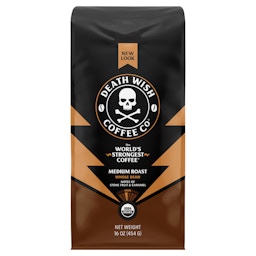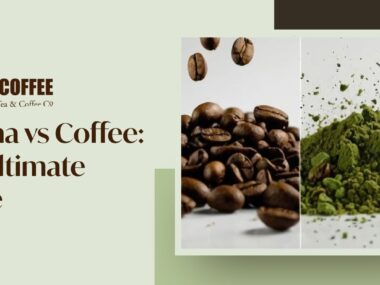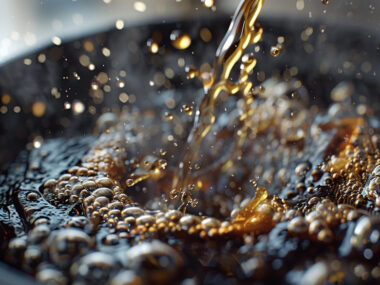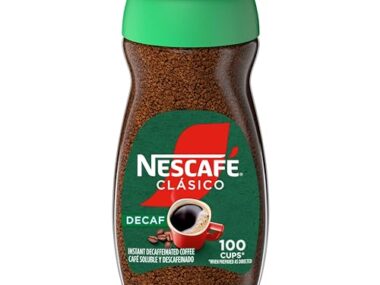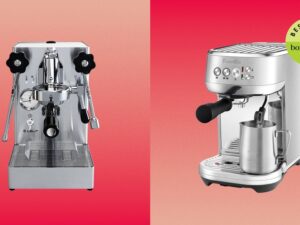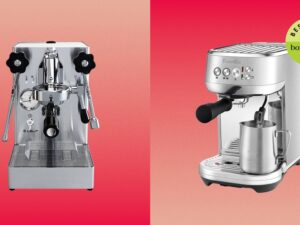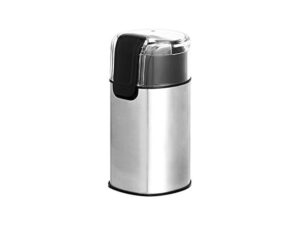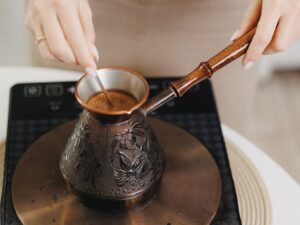Are you curious which roast of coffee is the strongest? Knowing the boldest roast helps you maximize flavor and caffeine, whether it’s your morning boost or afternoon pick-me-up.
You might think the darkest roast is the most powerful, but the truth might surprise you. Keep reading to discover which coffee roast truly delivers the highest strength and how that affects your energy and flavor experience. Your perfect cup could be just a few sips away.

Credit: colipsecoffee.com
Types Of Coffee Roasts
Coffee roasts vary by how long the beans are roasted. This process changes the flavor, color, and strength of the coffee. Each roast type offers a unique taste and caffeine level. Understanding these types helps you choose the strongest coffee for your needs.
Light Roast Characteristics
Light roast coffee beans are roasted for the shortest time. They keep most of their original flavor. These beans are light brown and have a mild taste. The caffeine content is slightly higher than darker roasts. Light roasts have a bright and acidic flavor profile.
Medium Roast Features
Medium roast beans have a balanced flavor and aroma. They are medium brown with no oil on the surface. This roast has less acidity than light roasts. The caffeine level is moderate. Medium roasts bring out nutty, sweet, and caramel flavors.
Dark Roast Qualities
Dark roast beans are roasted the longest. They appear very dark and oily. The flavor is bold, smoky, and bitter. Dark roasts have the lowest acidity. Some think they have more caffeine, but they often have less than light roasts.
Caffeine Content In Roasts
Caffeine content varies across different coffee roasts. Many believe dark roast has more caffeine. The truth is more complex. Roasting changes coffee beans in many ways. Caffeine levels can depend on the roast type and brewing method.
Caffeine Levels In Light Vs. Dark Roasts
Light roast coffee beans keep most of their original mass. They contain slightly more caffeine by volume. Dark roast beans lose water and mass during roasting. This makes them less dense. Measuring caffeine by weight may show less caffeine in dark roasts.
By scoop, light roasts have more caffeine than dark roasts. But by weight, the difference shrinks. Both roasts contain similar caffeine amounts per bean. The taste difference often confuses people about caffeine strength.
How Roasting Affects Caffeine
Roasting changes coffee beans’ color and flavor. It also affects their chemical structure. Caffeine is stable and does not break down easily. The roasting process does not reduce caffeine much. Instead, roasting causes water loss and bean expansion.
Dark roasts have fewer beans per scoop due to expansion. This can make caffeine content seem lower. Light roasts keep more bean density. The roasting level impacts flavor more than caffeine content. Strong coffee taste does not always mean more caffeine.
Flavor Profiles And Strength
Coffee lovers often ask about the strongest roast. Strength means different things to different people. Some think of bold flavors. Others mean caffeine power. Understanding flavor profiles and strength helps choose the right roast.
Roasting changes coffee beans a lot. It affects taste and caffeine. Dark roasts look strong. But their caffeine may be less. Light roasts keep more caffeine but taste lighter. Let’s explore the details.
Boldness In Dark Roasts
Dark roasts have deep, rich flavors. They taste smoky, bitter, and sometimes chocolatey. The roasting brings oils to the bean surface. These oils create a bold mouthfeel. Some call this roast “strong” because of flavor.
Dark roasts lose some caffeine during roasting. The longer roast time breaks down caffeine molecules. Yet, the intense flavor tricks the mind into feeling more strength. Dark roasts suit those who want powerful taste.
Flavor Intensity Vs. Caffeine Strength
Flavor intensity and caffeine strength do not always match. Light roasts keep more caffeine than dark roasts. Their taste is lighter and more acidic. Some find light roasts sharper and fresher.
Caffeine content depends on bean type and roast level. Measurement by weight shows dark roasts have slightly less caffeine. Measurement by volume can differ because dark beans are less dense.
Choosing the strongest coffee depends on preference. For bold taste, pick dark roasts. For higher caffeine, try light or medium roasts. Each roast offers a unique experience.
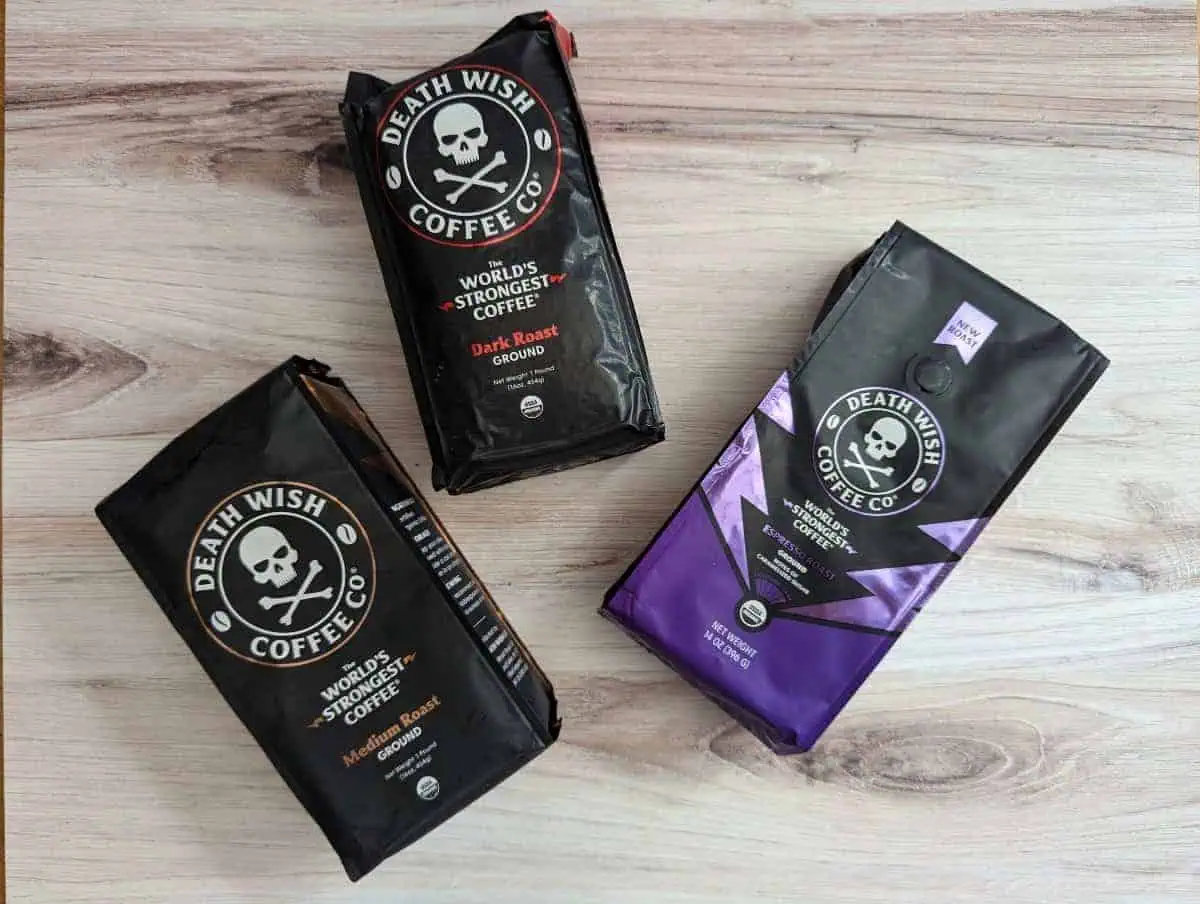
Credit: honestandtruly.com
Brewing Methods Impact
Brewing methods change how strong coffee tastes and feels. The roast type is just one part of the story. How you brew coffee can make it lighter or stronger. Each method brings out different flavors and caffeine levels. Understanding this helps you choose the best brew for your taste and energy needs.
Espresso And Its Strength
Espresso uses high pressure to force hot water through finely ground coffee. This method extracts a lot of flavor and caffeine fast. The result is a small, strong shot with a bold taste. Espresso feels stronger because it is very concentrated. Many coffee drinks start with this powerful base.
Cold Brew Potency
Cold brew uses cold water and a long steep time, usually 12 to 24 hours. This process pulls out caffeine gently but in large amounts. The final drink is smooth but can have high caffeine content. Cold brew often tastes less bitter but can give a strong energy boost.
French Press Effects
French press coffee steeps grounds in hot water for four minutes. The metal filter lets oils and fine particles into the cup. This makes the coffee taste full and rich. French press can feel stronger because of the heavy body and bold flavor. It keeps more caffeine than drip methods.
Choosing The Strongest Brew
Choosing the strongest coffee brew can be tricky. Many believe dark roasts have the most caffeine, but that is not always true. Strength depends on more than just roast level. Understanding what affects coffee strength helps pick the best brew for you.
Factors Influencing Strength
Caffeine content varies with roast type and brewing method. Light roasts often have more caffeine by weight than dark roasts. However, dark roasts taste stronger due to bold flavors. The grind size, water temperature, and brewing time also change coffee strength. Using more coffee grounds increases caffeine and taste intensity. The type of coffee bean matters too. Arabica beans usually have less caffeine than robusta beans.
Personal Preferences And Tolerance
Everyone’s taste and caffeine tolerance differ. Some prefer a strong, bitter coffee. Others like a mild, smooth cup. Your body’s reaction to caffeine affects your choice. Drinking very strong coffee can cause jitters or sleeplessness. Start with a medium roast and adjust based on your feelings. Try different brews to find what suits your needs best.

Credit: colipsecoffee.com
Frequently Asked Questions
Which Coffee Roast Has The Highest Caffeine Content?
Light roast coffee generally has slightly more caffeine than dark roast. The roasting process reduces caffeine levels as beans darken. So, light roasts retain more caffeine due to shorter roasting time.
Does Dark Roast Coffee Taste Stronger Than Light Roast?
Dark roast coffee tastes stronger due to its bold, smoky flavor. However, it usually contains less caffeine than lighter roasts because of longer roasting.
How Does Roasting Affect Coffee’s Strength And Flavor?
Roasting changes coffee’s flavor and caffeine. Light roasts have brighter flavors and more caffeine. Dark roasts are bolder but contain less caffeine.
Is Espresso The Strongest Coffee Roast Available?
Espresso isn’t a roast but a brewing method. It often uses dark roast beans and delivers a concentrated, strong flavor and caffeine kick.
Conclusion
Dark roasts have a bold, strong flavor but less caffeine. Light roasts keep more caffeine and a brighter taste. Medium roasts balance flavor and caffeine well. Choose the roast that fits your taste and energy needs. Coffee strength depends on roast type and brewing method.
Enjoy your coffee, whether you want a smooth or powerful cup. Experiment to find what works best for you. Each roast offers a unique experience worth trying.
